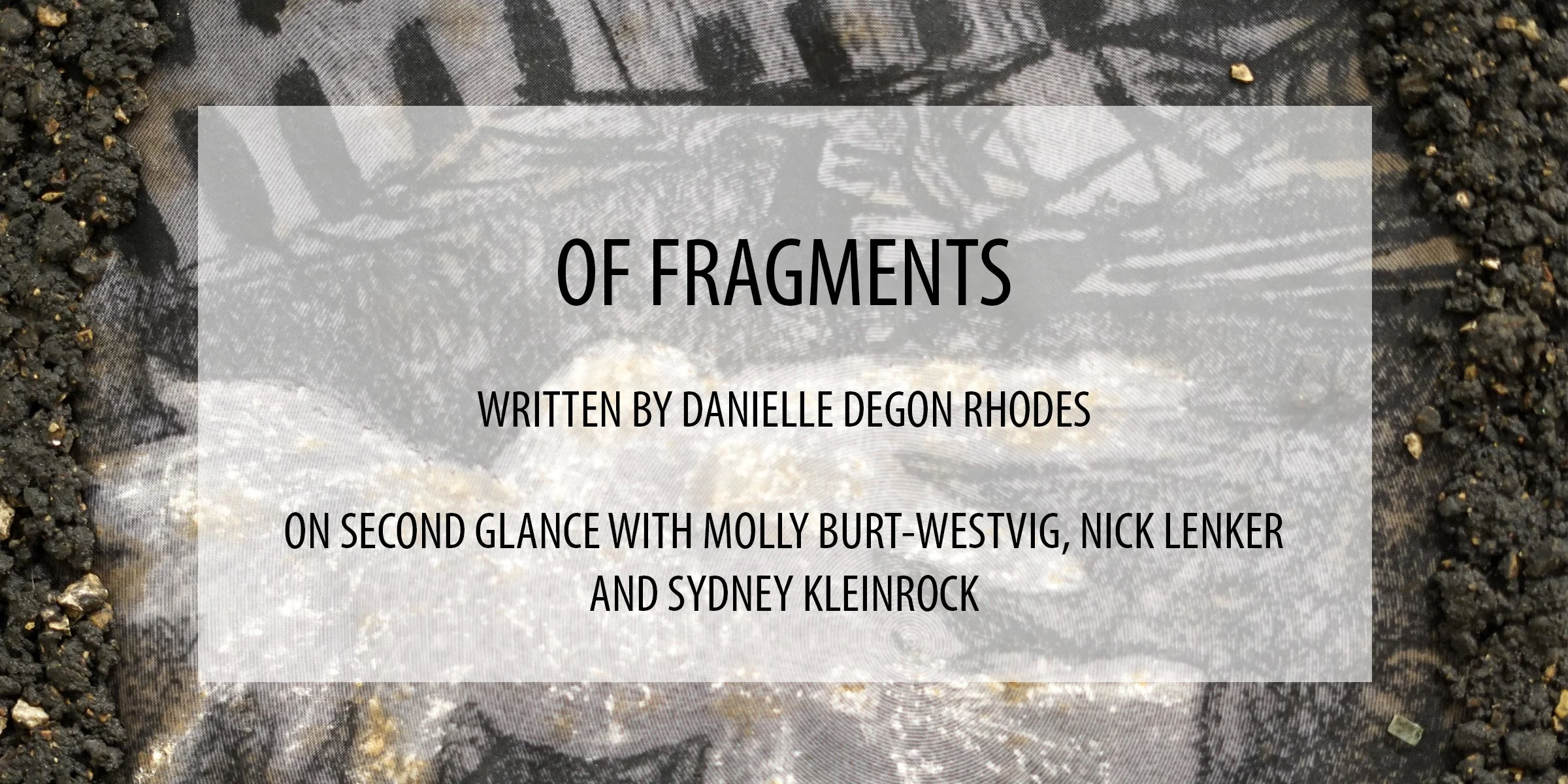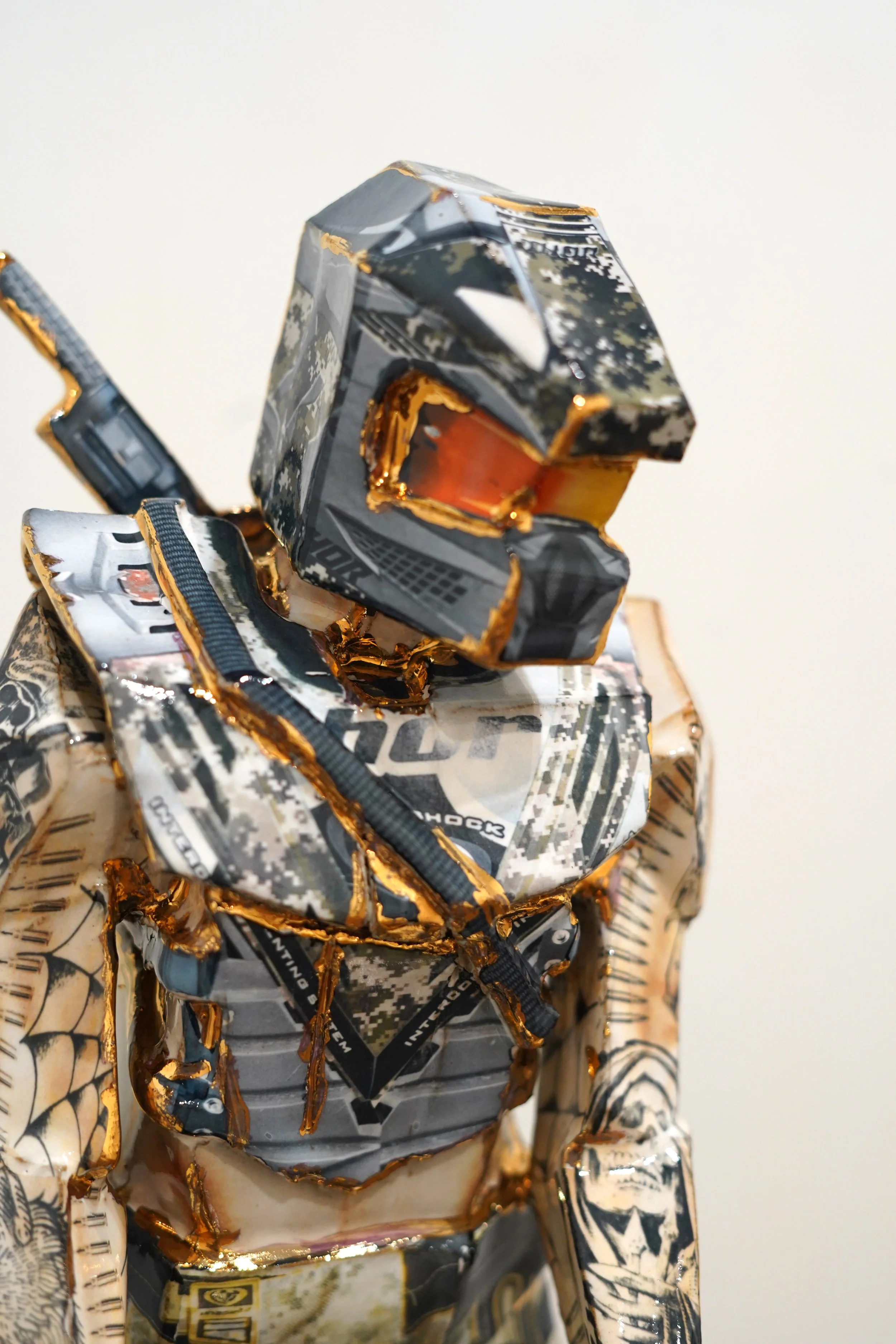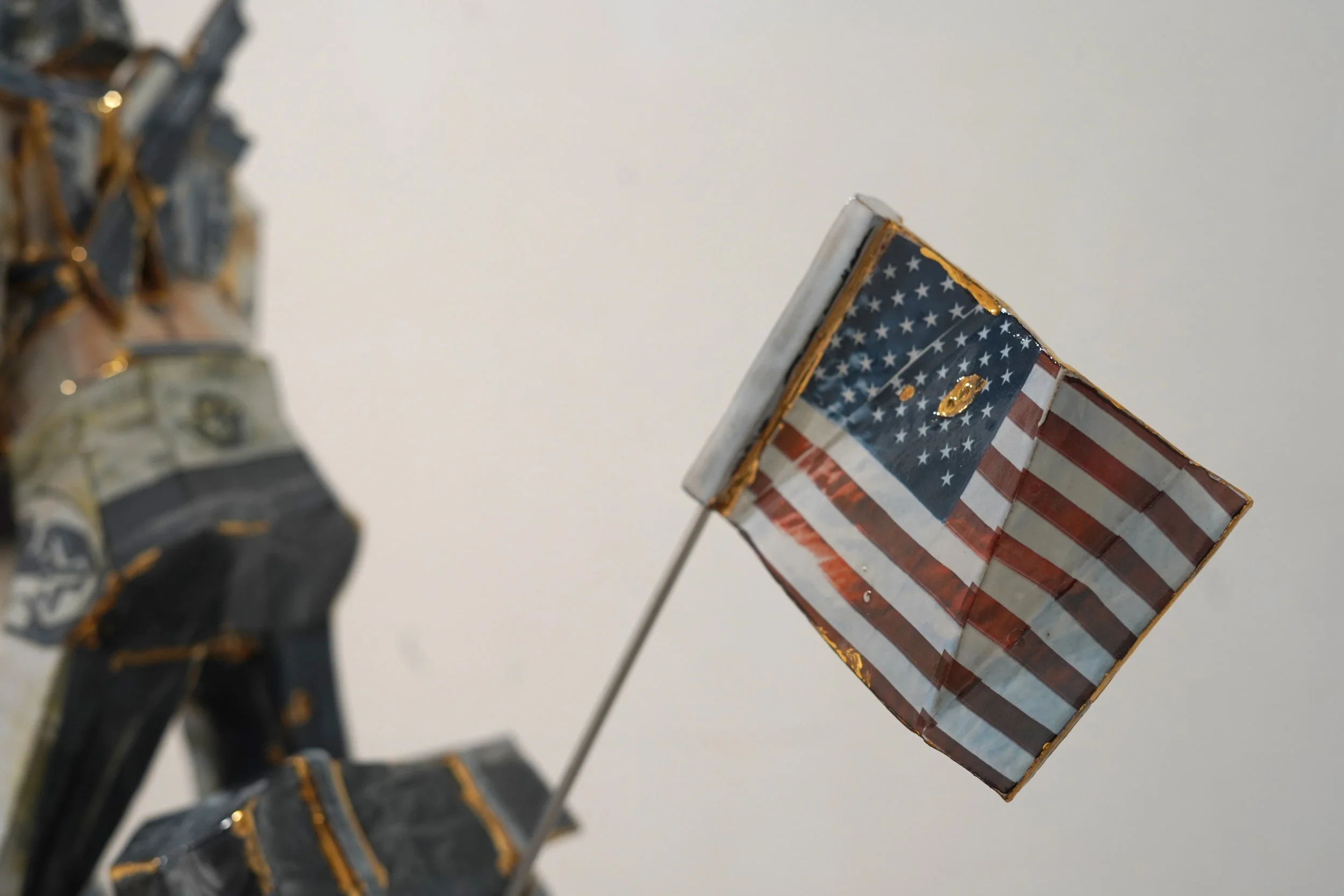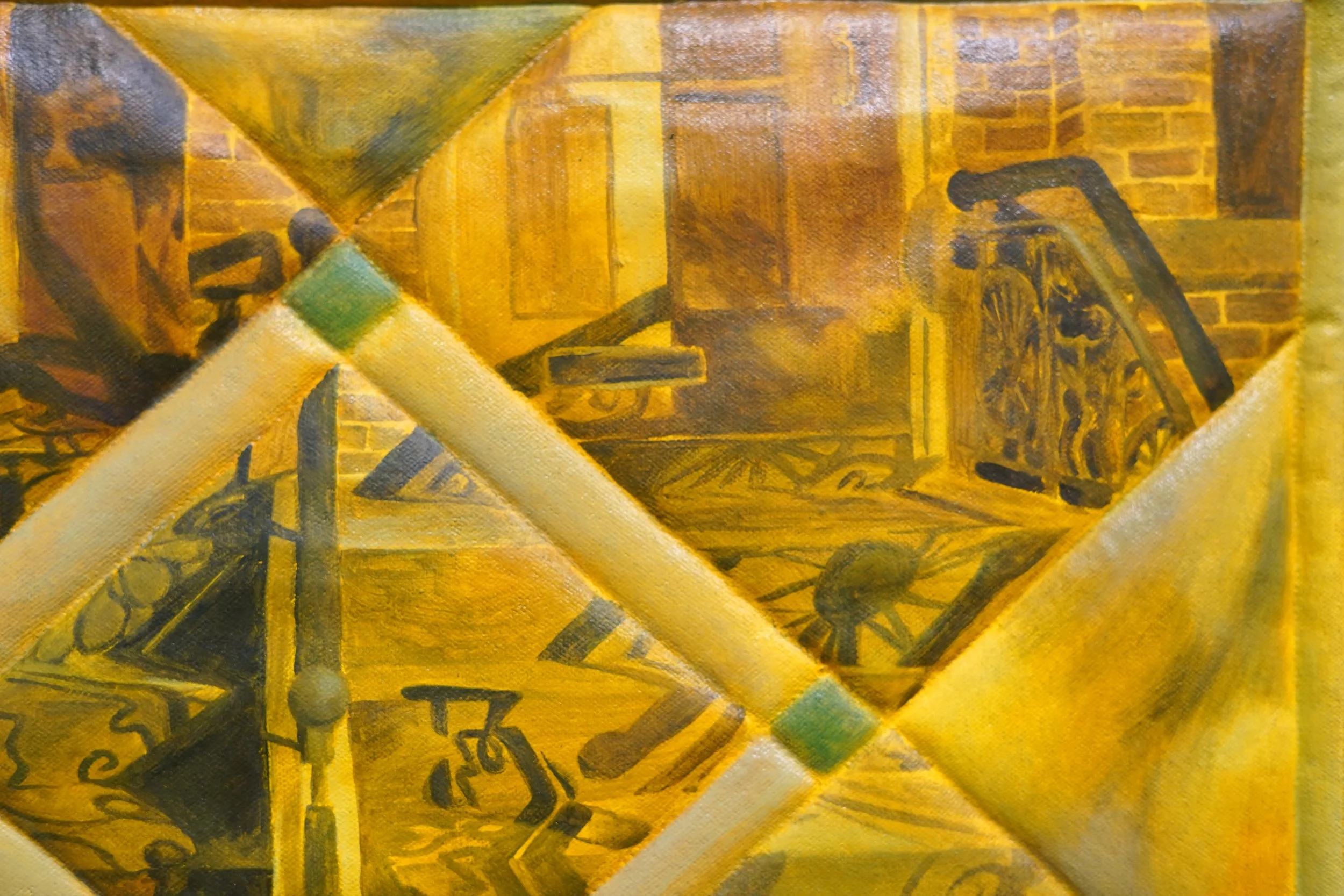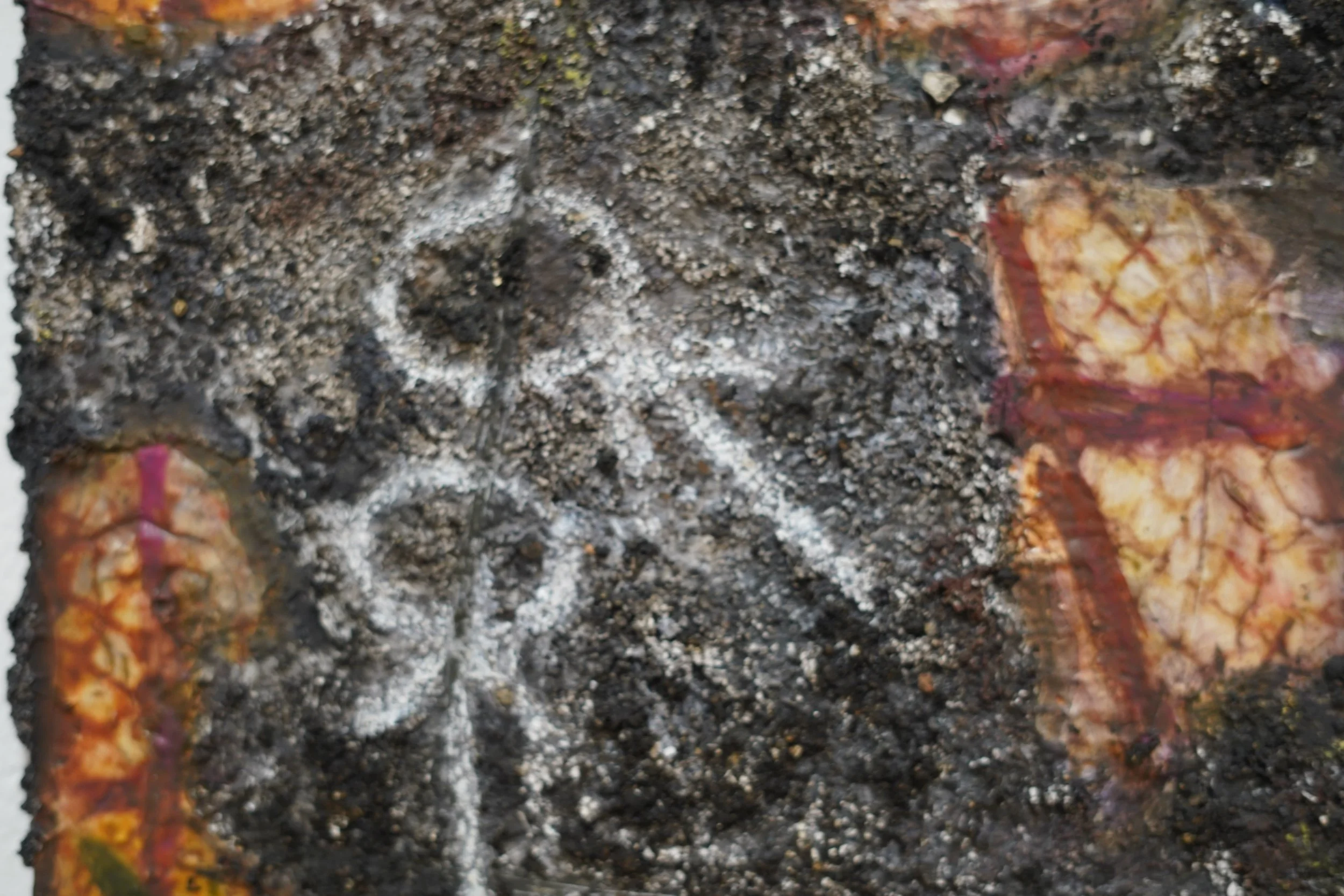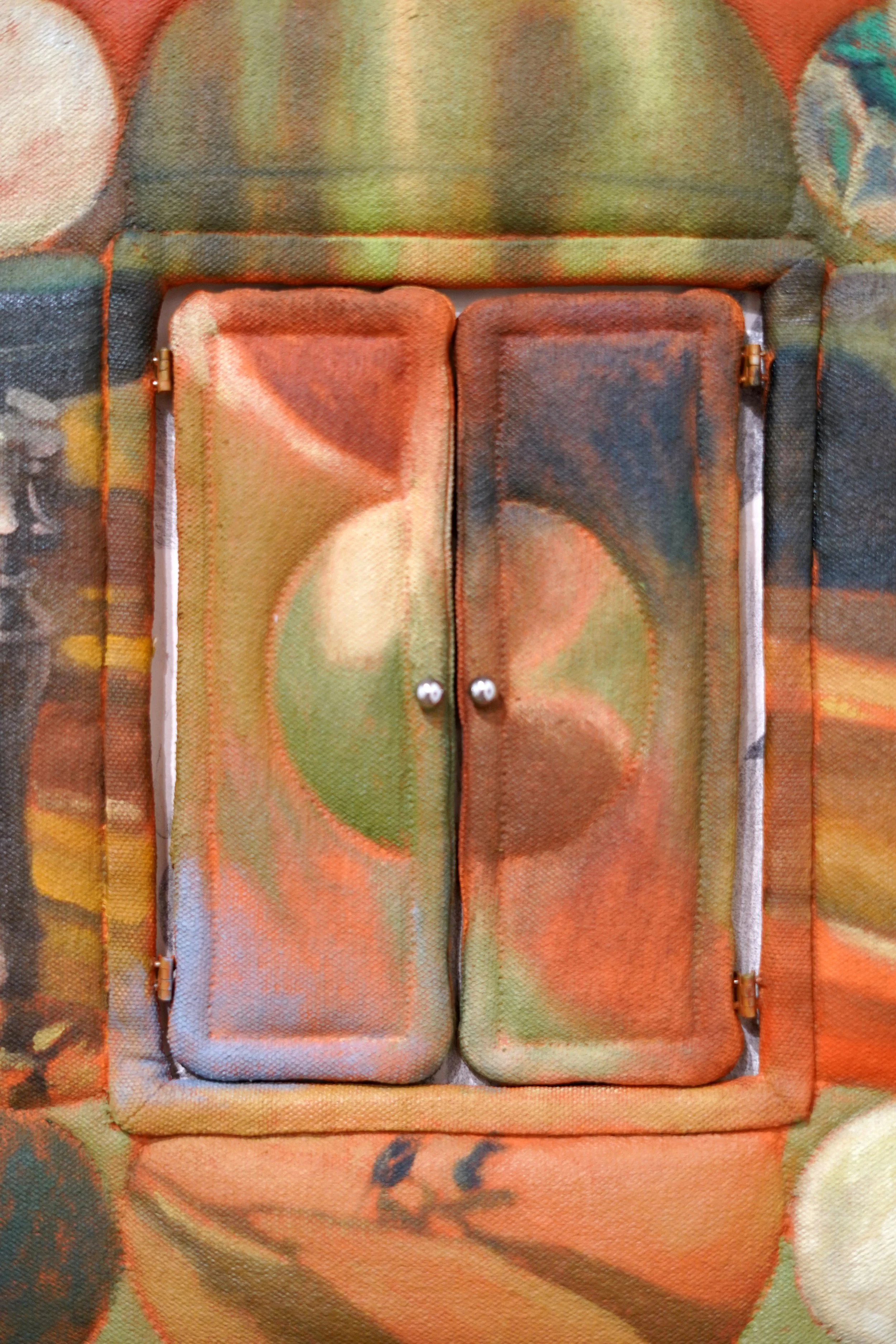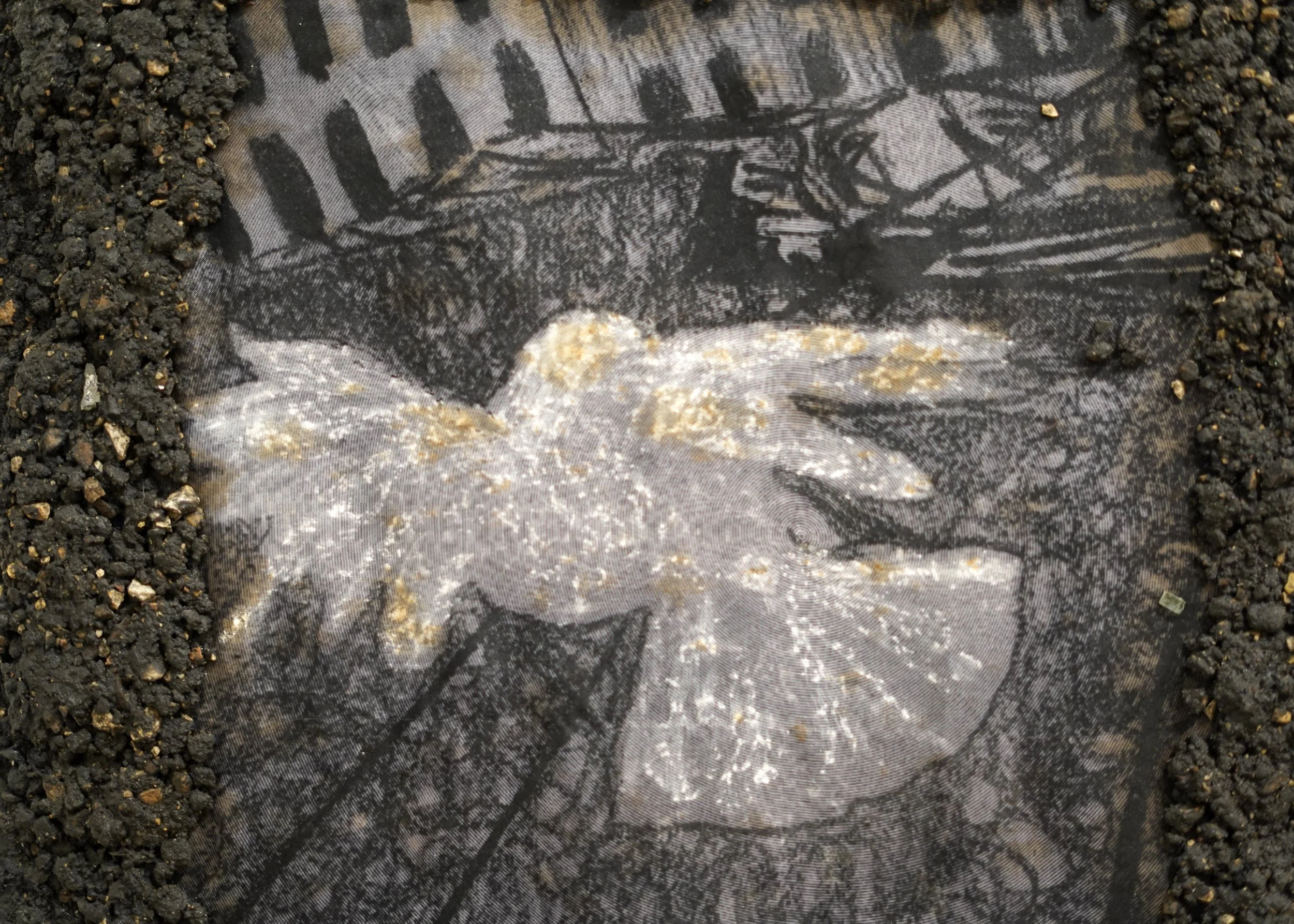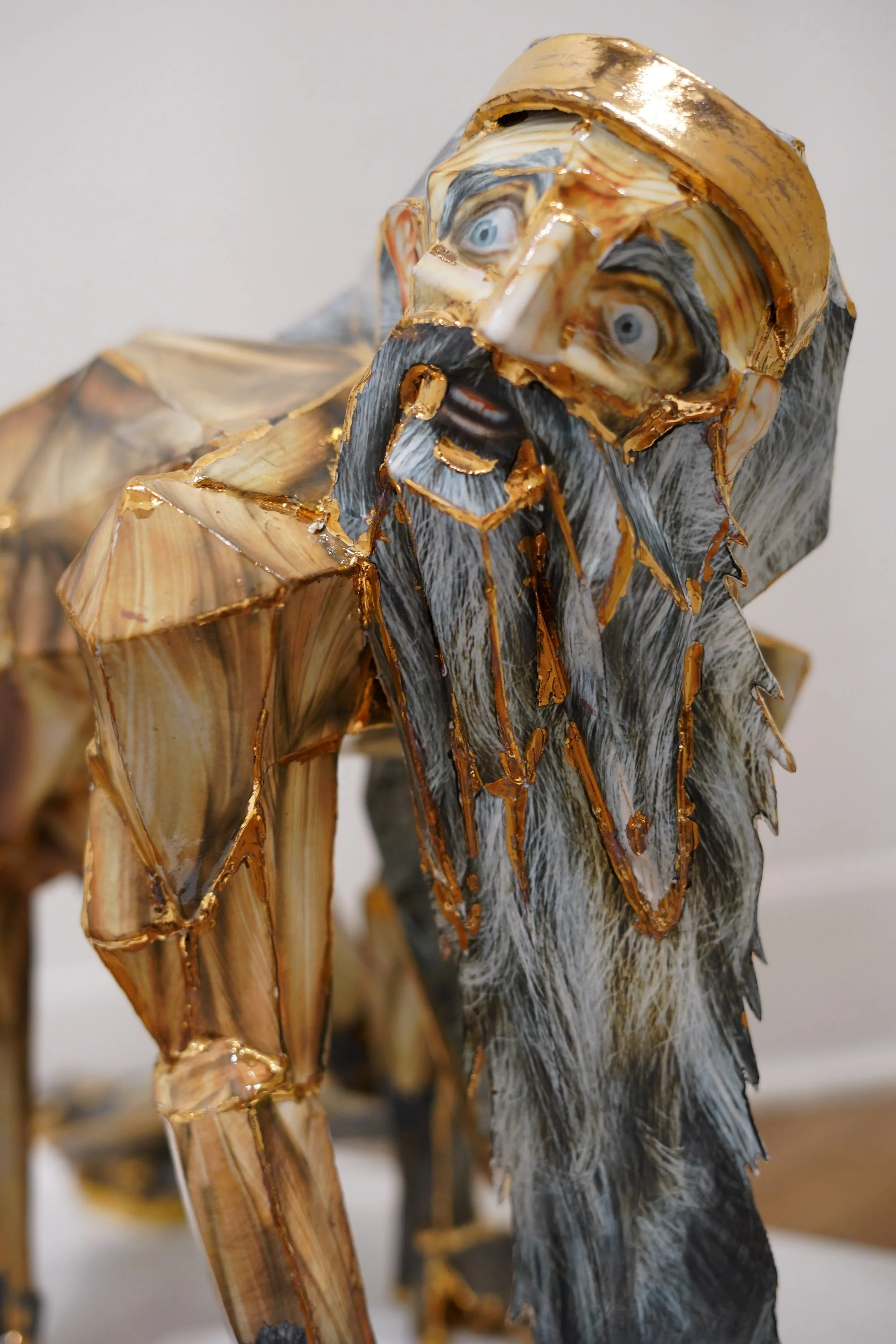Of Fragments: Written by Danielle Degon Rhodes
What I once knew intuitively to be true feels further out of reach each day. Amid algorithmic noise and information overload, I’m inundated with AI-generated content, images of violence, pleading citizens, and corporations and politicians insisting they want to make our world better. I question accuracy and navigate a labyrinth of contradictions before breakfast. In this hyper-mediated world, I confront representations rather than reality.1
Still, it is reassuring to believe I’ve arrived at a truth. Even if I haven’t and even if it doesn’t exist. My personal and political bearings depend on knowing which version of reality I inhabit and what future it implies. I piece together fragments of abstracted reality for a sense of resolve and ask people how they know what’s real. What am I looking for?
It’s from this uncertainty and longing that I approach Second Glance. From the title, I was expecting a show built on formal sleights of hand where I could practice my daily habit of unraveling authenticity. However, the exhibition resonates most deeply as a study in how ideological and interpersonal abstraction occurs and what it means to piece together full worlds out of mediated fragments. While at first glance, their works seem disparate, they share an ability to confront this fracturing across the virtual, social, and temporal.
Curated by Jayne Struble, the exhibition aligns the work of artists Nick Lenker, Sydney Kleinrock, and Molly Burt-Vestvig. Lenker’s ceramic polygonal avatars address identity abstraction; Kleinrock’s painted quilts depict daily social life fragments, and Burt-Vestvig’s material abstractions interconnect urban and cosmic systems. Together, these works can be used as a tool to recognize the fractured real.
1 Jean Baudrillard, Simulacra and Simulation, trans. Sheila Faria Glaser (Ann Arbor: University of Michigan Press, 1994), 3.
Nick Lenker’s polygonal sculptures are both futuristic and mythical. Resembling video game avatars, they feature digital image-skins over hand-built clay forms. By using the fractured geometry of the avatar (an already digitally mediated abstraction of the self), Lenker reimagines mythologies of identity, class, and politics. In Blood Rider, a quad-riding figure echoes the second horseman of the apocalypse. The rider’s gear includes contemporary right-wing signs—a rifle, a “Don’t Tread on Me” sticker, and an American flag—pointing to an apocalypse already underway and recognizing the virtual as a site of abstraction. Through these hybrid forms, Lenker blends the material and the virtual to reveal the ongoing collapse of politics, virtual space, and the performance of self into a single, hyperreal machine.
Sydney Kleinrock’s painted quilts follow an intuitive patterning in which each intersecting seam opens a new visual plane. From a distance, they appear as mosaics, with surfaces that catch light and shift subtly. Across these planes, fragments of daily life emerge: a window view, a shadow, a sleeping partner, or a handrail on the street. While these views are ordinary, they gain significance through Kleinrock’s noticing and selection. Her works resist linear narrative, forming instead an archive of personal memory and a reality based on her vantage. Through this fragmentation and recomposition, Kleinrock works toward abstraction, using the quilt’s structure to reflect the nonlinear and layered nature of lived experience, where truth is tied to individual perception and the particularity of observation.
Molly Burt-Vestvig’s paintings link urban infrastructure to the ancient origins of the universe. Four of the five works on view use asphalt—a mix of stone, crude oil tar, and synthetic polymers. This primordial material carries layers of time: minerals formed in stars, spread across the universe through supernovae, and eventually transformed through industry into the streets we walk on every day. In Composite Constellation, Burt-Vestvig uses spray paint on the asphalt to create a simplified night sky in black and white, bringing together cosmic and human timescales into view and positioning our streets as part of the cosmic highway. By highlighting the long histories embedded in such a familiar material, Burt-Vestvig shows how urban reality is shaped by layers of transformation and mediation.
Together, these works confront a central paradox: the search for truth in a hypermediated world. What unites the exhibition is not only the incisive critique of how images construct belief, but how to reveal the invisible strata beneath the reality we habitually accept. Second Glance makes clear that truth is not embedded in representation itself; it is fractured, mediated, and endlessly reconstructed through signs that claim to show the real. In a world where simulation increasingly precedes experience, the only path to understanding is through doubt, attentive looking, critical reflection, and a second look.
Writer Bio:
Danielle Degon Rhodes is a multi-media sculpture artist and a co-director at AUTOMAT Collective in Philadelphia. Through curating, sculpture, and writing, her work investigates the human tendency towards production and progress and the effects of capitalism on the body. She received a BFA in Sculpture and an MA in Art History from Tyler School of Art and has been awarded residencies at Tai Kwun Contemporary in Central, Hong Kong and the Salzburg International Summer Academy of Fine Arts in Salzburg, Austria.

